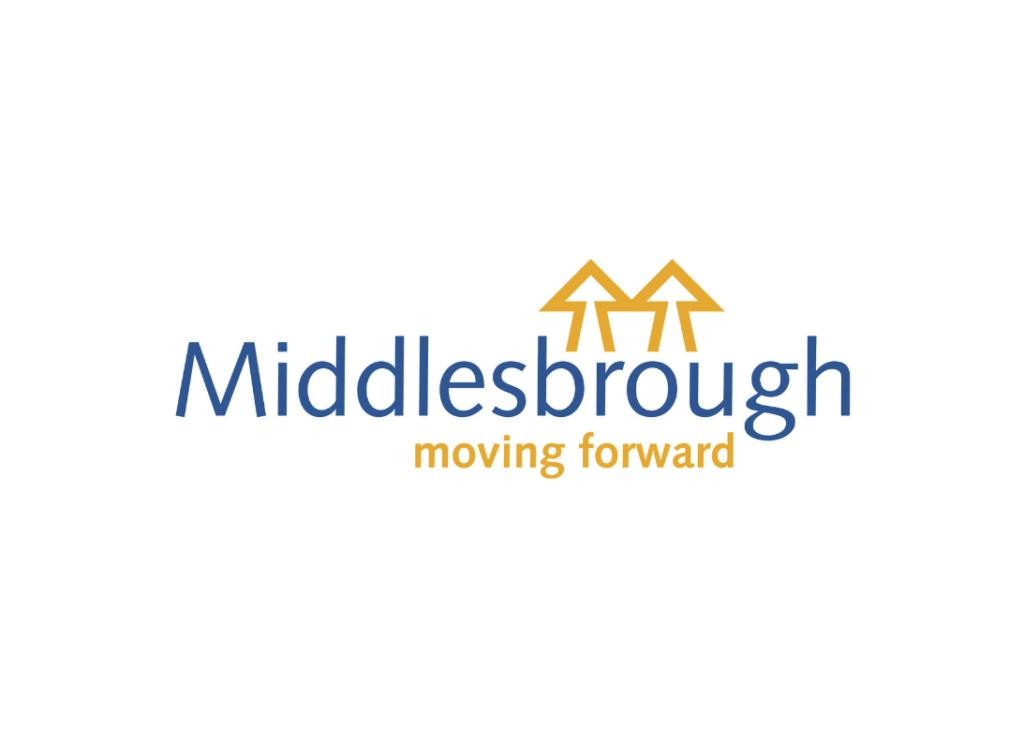
The customer
For over 160 years HM Land Registry has served as the critical institution protecting the right to property and enabling the market to operate.
By keeping the definitive and guaranteed record of property ownership in England and Wales, HM Land Registry allows property to be transacted securely and with confidence. There are more than 26 million land and property titles, covering around 88% of the land area of England and Wales.
HM Land Registry’s purpose is to protect landownership and provide services and data that underpin an efficient and informed property market. This aim resulted in a project to implement a new long-term strategy for records management – which is where Restore Information Management stepped in.

We have been working with HM Land Registry since 2011 when we were involved with consolidating 88 million files from 10 different sites to one Restore Information Management facility.
Subsequently, we were involved in an exciting pilot to digitise historic files that include a property lease, one of the most requested documents – helping to drive improved efficiencies in HM Land Registry’s service to the public in the process.
The success of the pilot enabled Restore Information Management to quickly change the method of file delivery from physical to digital during the pandemic, when staff had to work from home and needed to access files. Leading to improvement efficiencies for both HM Land Registry and property owners.
The size of the job is best told in statistics:
HM Land Registry had more than 88 million files stored at 10 regional sites across the UK but held an ambition to become more efficient and reduce their costs by storing them at one location.
In order to achieve this, they implemented a long-term records management strategy which aimed to:
- Reduce the number of physical files. This began in 2008, when HM Land Registry stopped creating hard copy files and in 2020 with the introduction of scanning requested files.
- Targeted approach to digitise files with the most requested documents.
- Provide the public and property market with easy access to data.
- Provide an excellent service which was quick and efficient.
- Store all remaining physical files at one Restore Information Management secure location.

The Solution Part One: Uplift
We began by consolidating 10 regional file stores into one central location managed by Restore Information Management staff, enabling HM Land Registry to reduce the size of its estate by disposing of their unwanted buildings.
In order to maintain customer service levels, careful sequencing of the uplift and overnight transfer of the files took place.
Designated HM Land Registry document champions were appointed to train the Restore Information Management team and ensure the effective two-way transfer of knowledge, expertise and insight.
HM Land Registry’s file ordering system was retained and integrated with our records management software.
A fixed cost structure was replaced with a variable pricing model so that HM Land Registry now only pays for activity levels required to meet its customers’ needs.
As well as off-site storage, HM Land Registry also required a retrieval service that could support:
- 1,200 daily requests for official copies of specific documents in a file.
- 400 daily file requests
The Solution Part Two: Scanning
In 2020 we then advised and led a pilot to begin digitising files that contain the most requested documents, for example Lease documents.
When the pandemic hit, meaning the majority of HM Land Registry caseworkers had to work from home, we quickly adapted the processes we had used during the pilot to enable us to deliver the files digitally that were requested daily.
Since then, we have continued to work with HM Land Registry to digitise a second tranche of files containing a lease document.
It underlines our strategic partnership with HM Land Registry – and we are delighted to be able to help.
The value of scanning these records is clear. It enables same-day retrieval of documents, creating a simpler, paperless process for buying and selling property which benefits homeowners across the country.

HM Land Registry has maintained service levels and improved efficiency while significantly reducing its estates portfolio and overall running costs, as follows:
- The rationalisation of HM Land Registry’s estates delivered major savings, helping to contribute to overall government’s reduction of £278 million p/a in its estates running costs.
- 40% of costs have been converted to variable costs which means HM Land Registry does not incur extra cost if activity levels reduce.
- HM Land Registry is now able to access more innovative document management processes including scan-on-demand that, in turn, has improved the quality of its customer service. The huge document uplift (the largest in the UK) was seamlessly delivered two months ahead of schedule with no disruption to business activity or customer service.
- Environmentally responsible business practices have been implemented to create a sustainable operation.
- An initial 20,000 files containing lease documents were scanned within the first project and a further 140,000 files including 1.1 million documents) were delivered in a second tranche.
- Caseworkers were able to access scanned property files, which enabled them to work remotely – reducing impact on the property market by ensure documents were still available.
- By the end of 2020 HM Land Registry saw a reduction in lease document requests (and the associated costs) because more of them were available digitally.
- HM Land Registry is now less reliant on paper files, with key property information more widely available and accessible to the public.

- Reduction of £278 million p/a in its estates running costs.
- 40% of costs have been converted to variable costs which means HM Land Registry does not incur extra cost if activity levels reduce.
- An initial 20,000 files containing lease documents were scanned within the first project and a further 140,000 files including 1.1 million documents) were delivered in a second tranche.
- 1,200 daily requests for official copies of specific documents in a file.
- 400 daily file requests
- 88 million files stored at 10 regional sites across the UK
Eve Foster, Central Operations Manager, HM Land Registry
“Restore Information Management helped us to identify the records which are most frequently requested. This helped us drive efficiencies in our service, provide long-term cost savings but most importantly to support our vision to deliver a more efficient, fully digital property market.”



